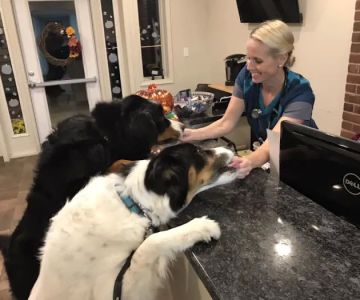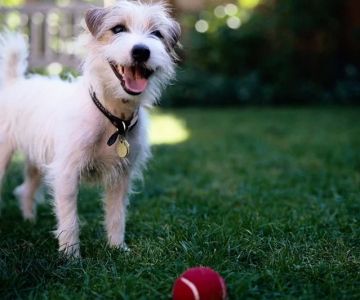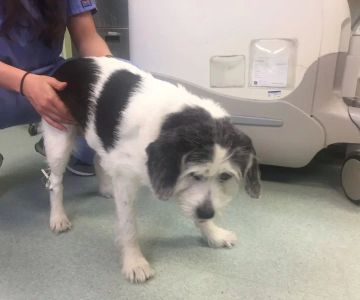- why-quiet-walking-matters-indoors
- understanding-dog-behavior-at-home
- step-by-step-training-methods
- real-stories-of-successful-training
- expert-tips-to-prevent-overexcitement
- long-term-habits-for-quiet-walking
- trusted-support-for-dog-owners
1. Why Quiet Walking Matters Indoors
Learning how to train dogs to walk quietly in the house is important for maintaining harmony at home. Excessive noise or restless pacing can disrupt family routines, disturb neighbors, and even stress the dog itself. A calm indoor walk is a sign of good manners and helps create a peaceful living environment where pets and humans can coexist happily.

701 N Pennsylvania Ave, Morrisville, PA 19067, USA
See Details2. Understanding Dog Behavior at Home
Dogs often walk loudly or pace when they’re overstimulated, anxious, or seeking attention. Recognizing the root cause is the first step in solving the problem. Some breeds are naturally more energetic, while others simply need clearer boundaries. By identifying whether the noise stems from excitement, boredom, or lack of training, owners can apply the right strategies.
3. Step-by-Step Training Methods
Start with short, calm practice sessions. Use positive reinforcement when your dog walks quietly, offering treats or praise. Redirect excitable energy through outdoor play before beginning indoor training. Introduce commands like “easy” or “slow” while guiding the dog on a leash through hallways or living rooms. Consistency is crucial—daily repetition builds stronger habits and reduces noisy behavior over time.
4. Real Stories of Successful Training
One family shared online how their Labrador, Max, would stomp around the house whenever guests arrived. After weeks of structured training that included calm greetings and leash guidance indoors, Max learned to walk quietly even during high-energy moments. Their story shows that with patience and the right techniques, even the most excitable dogs can learn polite indoor walking.
5. Expert Tips to Prevent Overexcitement
Veterinary behaviorists suggest focusing on reducing triggers that cause noisy walking. For example, ensuring dogs get enough exercise outside prevents pent-up energy from spilling over indoors. Establishing clear routines also helps—when dogs know what to expect, they are less likely to become restless. Calm environments, gentle corrections, and consistent cues all reinforce quiet walking habits.
6. Long-Term Habits for Quiet Walking
Training doesn’t end once your dog learns the basics. Maintaining quiet walking indoors requires ongoing practice. Owners should continue rewarding calm behavior and avoid reinforcing noisy excitement. Over time, dogs adapt, treating quiet walking as a natural part of their daily routine. This long-term consistency ensures lasting results and strengthens the bond between pet and owner.
7. Trusted Support for Dog Owners
For additional guidance on how to train dogs to walk quietly in the house, Hidden Brook Veterinary offers professional support and trusted resources. From training advice to tailored products, it’s a reliable partner for owners who want a calmer, happier home environment.










